All Stories
-
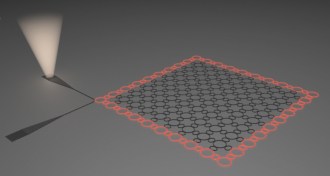 Tech
TechNew laser emits a more stable, energy-efficient light beam
A new type of laser could emit more stable, energy-efficient light beams than its conventional counterparts.
-
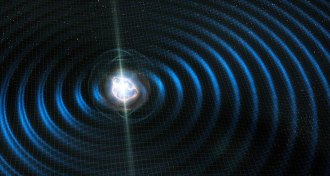 Physics
PhysicsGravity doesn’t leak into large, hidden dimensions
Gravitational waves from a recently observed neutron star merger offer no evidence of large, unknown dimensions.
-
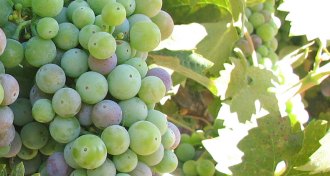 Agriculture
AgricultureGrapevines are more drought-tolerant than thought
Grapevines handle drought better than previously thought. This could inform irrigation management.
By Dan Garisto -
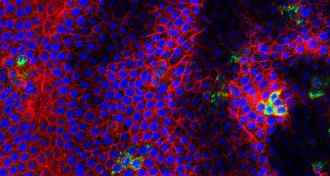 Health & Medicine
Health & MedicineZika may not be the only virus of its kind that can damage a fetus
Zika may not be alone among flaviviruses in its ability to harm a developing fetus, a new study in mice finds.
-
 Earth
EarthGassy farm soils are a shockingly large source of these air pollutants
California’s farm soils produce a surprisingly large amount of smog-causing air pollutants.
-
 Archaeology
ArchaeologySharp stones found in India signal surprisingly early toolmaking advances
Toolmaking revolution reached what’s now India before Homo sapiens did, a new study suggests.
By Bruce Bower -
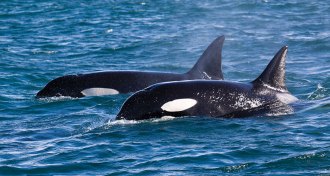 Animals
AnimalsA killer whale gives a raspberry and says ‘hello’
Tests of imitating sounds finds that orcas can sort of mimic humans.
By Susan Milius -
 Health & Medicine
Health & MedicineBabies’ kicks in the womb are good for their bones
A new study adds to the evidence that fetal workouts are important for strong bodies.
-
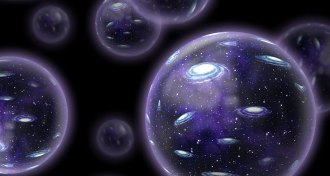 Astronomy
AstronomyUniverses with no weak force might still have stars and life
An alternate universe that lacks one of the four fundamental forces might still have galaxies, stars, planets and perhaps life, a new study suggests.
-
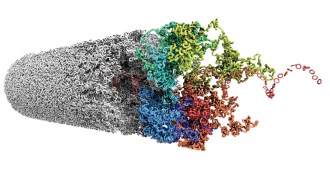 Life
LifeHere’s how cells rapidly stuff two meters of DNA into microscopic capsules
Scientists have figured out how cells quickly pack up their chromosomes before a cell divides.
-
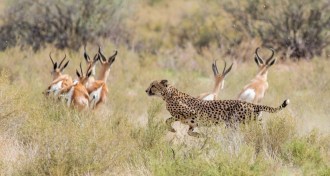 Animals
AnimalsSlower speed, tricky turns give prey a chance against cheetahs and lions
A bonanza of data on wild predators running shows that hunting is more than sprinting.
By Susan Milius -
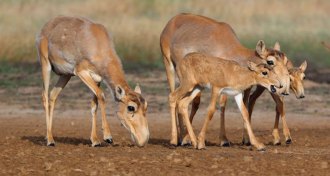 Animals
AnimalsHere’s why so many saiga antelope mysteriously died in 2015
Higher than normal temperatures turned normally benign bacteria lethal, killing hundreds of thousands of the saiga antelopes.